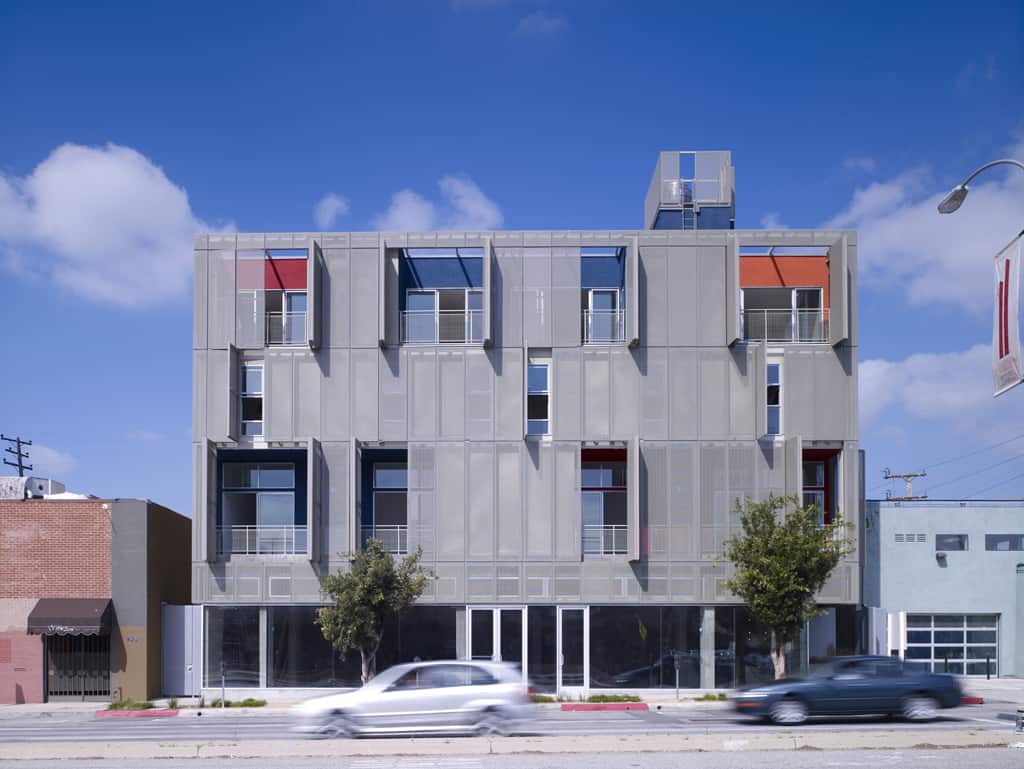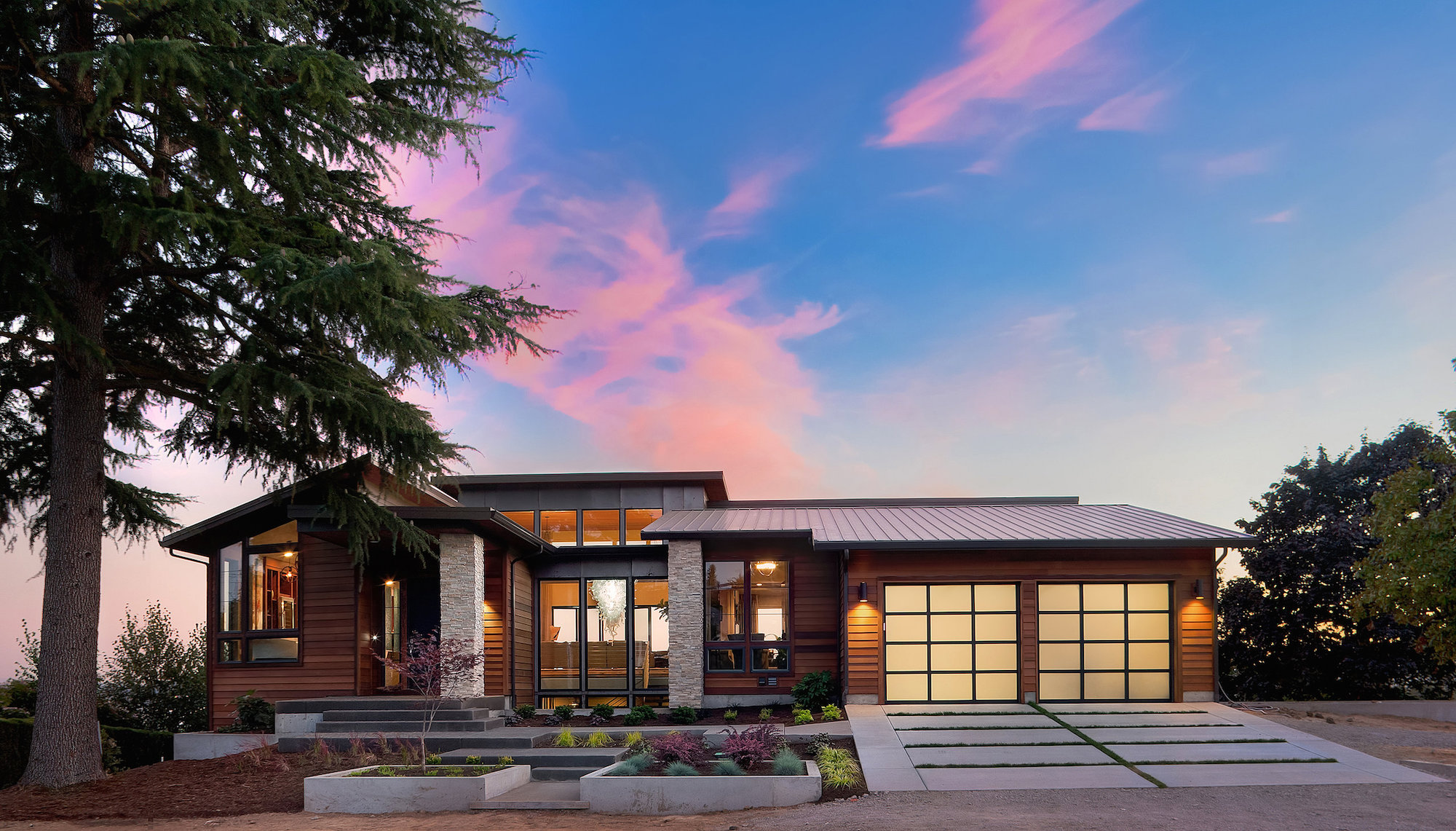As a landlord, should you invest in a single family residence or a multi-family building in San Diego? Single-family residences are real estate property consisting of one unit that houses one family and includes condos, houses, and townhouses. Multi-Family buildings are real estate properties that have more than one unit and can ultimately house more than one family and include apartment buildings, duplexes, and triplexes. Both types of properties have their advantages and disadvantages so how do you know which is the right choice for you?
Let’s take a look at the similarities in these two types of properties:
When purchased purely for investment purposes, both San Diego single-family residences and multi-family buildings carry higher interest rates and require a downpayment of at least 20%. This is only if you are purchasing the property strictly for real estate investment purposes and is not the case if you are buying the property to live in. Both types usually have a good return on the investment, resulting in a positive cash flow. How much cash flow depends on many things including the size of your down payment and the location of the property. With either type of property, the more money you put down the lower your monthly payment and thus the higher your cash flow. However, making a larger down payment in order to get a higher cash flow is not necessarily what you want to do because every dollar you put down takes away from investment money you could put towards another property. Also, when investing in rental property along the San Diego coast the high cost of the property does not usually match the maximum rent potential it would somewhere else. However coastal property is virtually guaranteed to appreciate over time so many investors invest in the land alone, despite the smaller cash flow. Both of these property types have tax benefits in the form of tax deductions related to mortgage and property taxes, which help reduce your expenses. Both types of property must be maintained by you or a property management company.
Advantages to Owning a Multi-Family Building in San Diego

More Building, Less Land
When you own rental property the underlying land is a non-performing asset since you make money on the rent from tenants occupying the building. Although the land might appreciate over time (especially along the coast) as a landlord you want to balance your monthly cash flow with long-term capital appreciation. Obviously the more units you have on your land, the more income you will have coming in per month resulting in more cash flow. Thus having multiple units on one piece of land allows you to maximize your performing asset, the building, with the purchase of only one piece of land.
Easier Property Management
With multi-family buildings you have to maintain only one building. This means you pay only one pest control bill, repair only one roof, or maintain only one yard. Paying only one set of bills per month and having to worry about maintaining only one building makes it easier to manage your investment. Managing one property is also less time consuming than managing several – with a multi-family building you only have to visit one property to handle multiple tenants. If you don’t have time to manage the property yourself, Patrize Properties only chargers between 4 to 6% depending on the number of units.
Bigger Cash Flow
While a San Diego single-family residence only produces one rental income per month, multi-family dwellings produce several, allowing you to generate multiple incomes from a single investment. Having multiple streams of income from multiple units also offsets the risk of losing all income whenever there is a vacancy. Additionally, if you need to make repairs or improvements to part of the building you can work on an individual unit when it is vacant and still have rent coming in from other units. For even higher cash flow you can live in one of the units and rent out the rest, which should make your interest rates lower.
More control over the value
Multi-family buildings are valued by the amount of income they produce so the more income a multi-family building makes the more valuable it is considered (whereas single-family residences are valued on comparable sales and rentals.) This puts the future valuation of the property in your hands because you can make improvements to the building and raise rents accordingly to up the value of the property.
Larger pool of tenants
A unit in a multi-family building typically rents for less than single-family residence so there are more people who can afford to rent a unit in a multi-family building. Having a larger pool of tenants is good since you want to minimize vacancy rates regardless of how many units you have. There are also large generational populations that tend to live in multi-family buildings now. For example, the vast majority of Millenials are renters and baby boomers are aging and moving into complexes, further adding to your potential tenant pool.
Scalability
Purchasing a multi-family building in San Diego lets you acquire multiple rental properties with one investment which is beneficial if you are trying to quickly grow your portfolio.
Desirable Location
Multi-family buildings tend to be built in higher density, urban areas and are therefore located closer to shops, restaurants and main roads and highways. Many people want to live in walkable neighborhoods so close proximity to shops and restaurants as well as easy access to highways is attractive to potential tenants. A great example is Oceanside West of the freeway, Leucadia (Encinitas), Pacific Beach, Point Loma, and Ocean Beach,
Note: the number of units in a building affects purchasing
Multi-Family buildings with 2-4 units are considered residential so loans are easier to obtain. Once a building has 5 plus units it is considered commercial, meaning loans are harder to procure and come with higher interest rates.
Advantages to San Diego Single Family Residences
Less maintenance
Unlike multi-family buildings in San Diego, there are no common areas in single-family residences for you to maintain. If you own a house, often times it is the tenant who is responsible for taking care of the yard and with a condo or townhome the HOA is responsible for the common areas. Many tenants that live in single-family residences consider them their own house and take care of it as such. Better care taken means less wear and tear and less repair and maintenance of your property.
Lower Utility Costs
In most multi-family buildings the landlord is responsible for certain utilities, such as water or trash, especially if the units are not individually metered. With single-family residences it is almost always the tenant who is responsible for all the utilities, including trash.
Parking
Most single family homes have parking in the form of a driveway or a garage. Multi-family buildings, on the other hand, have more varied parking situations. There may be a parking lot, which you would be responsible to maintain, or there may only be street parking, which is very unattractive to prospective tenants.
Higher Rent, Lower Vacancy Rates
Single-family homes usually command a higher rent than a unit in a multi-family building because they offer more privacy and autonomy and people are not only willing to pay more to rent their “own” home they also tend to stay longer. Tenants who live in multi-family tend to move around more than tenants of single-family residences for a variety of reasons including issues with neighbors, unavoidable noise, and parking to name a few.
Resale (Exit Strategy)
San Diego Single family homes are easier to sell than multi-family building because they can be marketed to regular buyers looking for a home to live in as well as to investors. (With multi-family buildings you have a smaller buying pool of only investors.) Traditionally single-family homes appreciate more than other properties since their value is based on supply and demand.
More Affordable than Multi-Family Buildings
Single-family homes are generally much less expensive than multi-family building and usually require lower down payments and have fewer maintenance costs. Insurance rates are also cheaper for single-family residences since there is only one housing unit to insure. As discussed above, utility costs are generally non-existent and maintenance costs are also less with single-family residences. (Note: you are required to carry mortgage insurance until you have at least 20% equity.)
Easier to Finance
Financing a San Diego single-family home is generally much easier than financing a San Diego multi-family building. Single-family homes usually carry lower interest rates and have higher loan-to-value ratios. The interest rate to finance a single family home can be as low as 4.0% (year 2018).
Better Tenants
Tenants who rent single-family homes usually view that rental property as their own home and take care of it accordingly. This means they are usually in communication with the landlord or property manager and act quickly to notify you of any issues.
Conclusion
Both single family homes and multi-family buildings have their advantages and disadvantages. When trying to decide which is right for your need to decide which is most likely to help you reach your goals. Are you trying to build a portfolio quickly? Go for a multi-family. Are you less concerned with cash flow and more concerned with long-term appreciation of the land? Choose either based on location alone. If you have limited money to invest you may start with a single family residence and grow from there. The important thing is that you identify your ultimate goals and understand the differences between each type of property so you can make the smartest decision for you.
Sign up to receive our articles by email.

